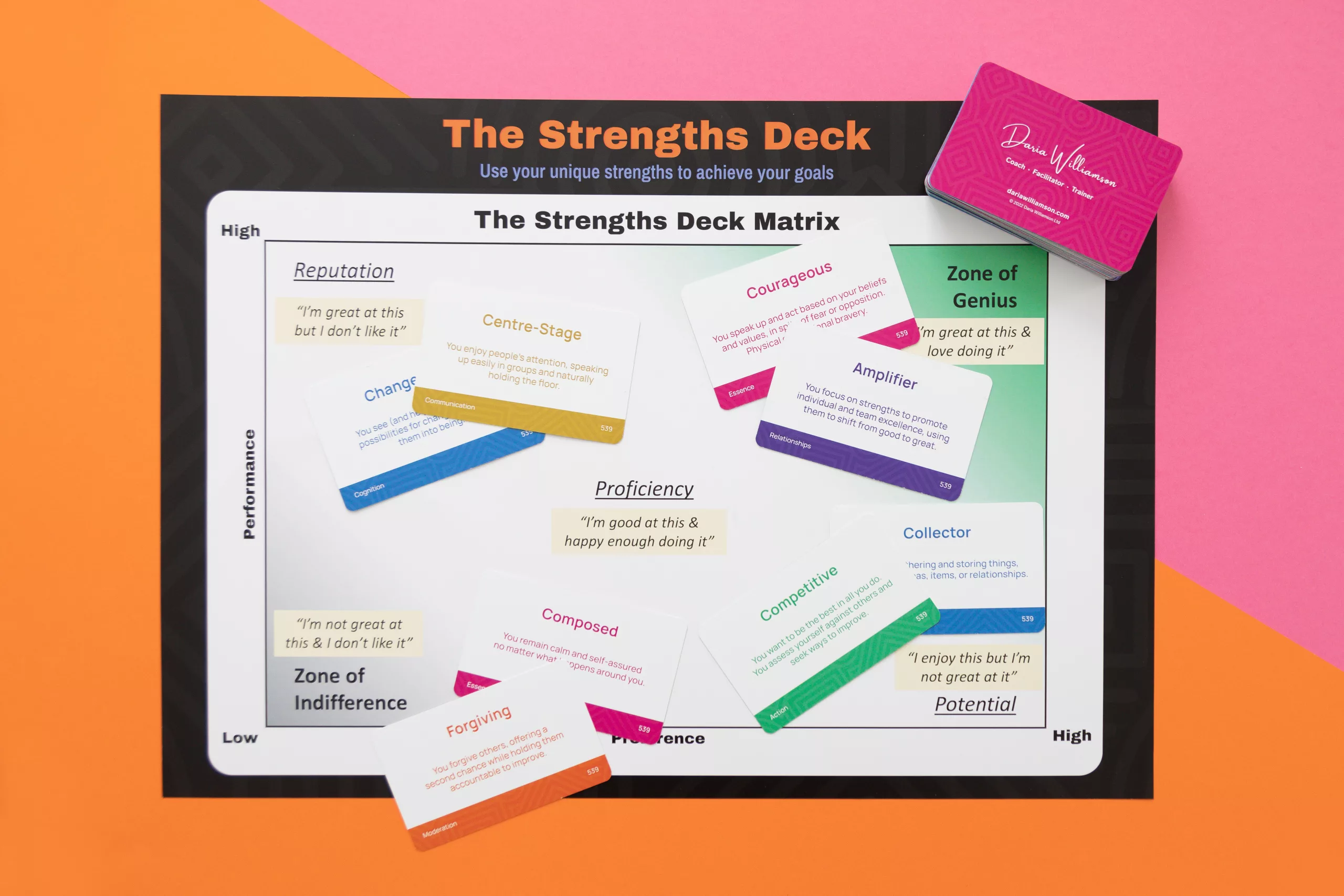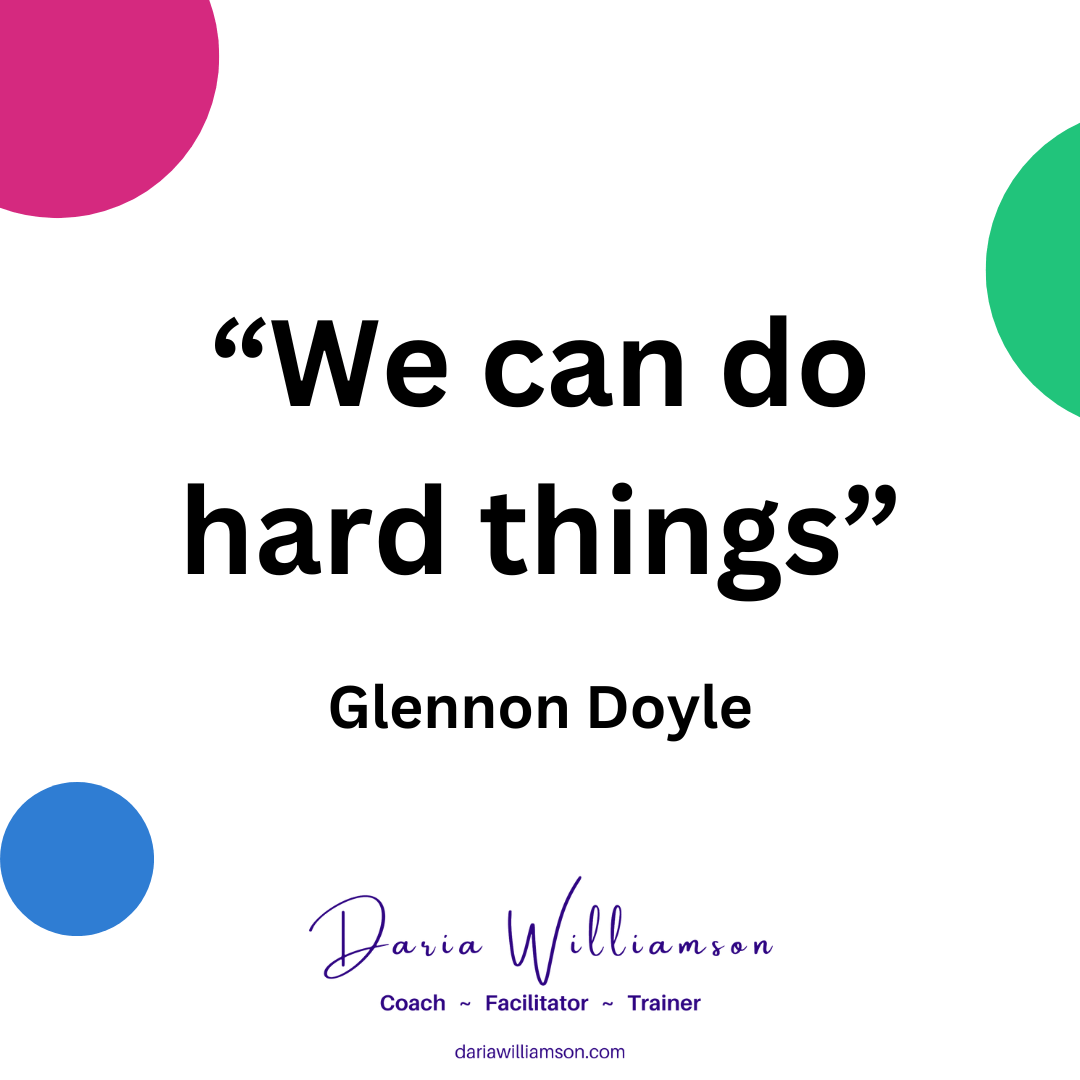Leadership is a challenging endeavour at the best of times. You’re juggling multiple streams of information, competing goals, shifting targets, and the glorious messiness that comes from being a human working with other humans. Then throw a crisis situation into the mix – that’s a tough day at the office!
Crisis? What crisis?
We sometimes think of a crisis as a sudden event that changes everything – an earthquake, an accident, a sudden and dramatic incident. But events that unfold over days and weeks can create a crisis situation that requires a particular kind of leadership.
New Zealand recently went more than three months without known community transmission of Covid-19. But suddenly, we’ve been thrown back into raised alert levels and disruptions to our daily life. That comes at a psychological, emotional and logistical cost.
This article sets out some key aspects of your role as a leader during a crisis. Some of them are obvious, some of them less so. Some you will feel comfortable with, others might make you squirm. Try to sit with that discomfort instead of instantly dismissing those ideas. What I present here is backed by research, so there’s plenty of hard evidence that it works.
Defining a “crisis”
a) an unstable or crucial time or state of affairs in which a decisive change is impending
Merriam-Webster Dictionary
b) a situation that has reached a critical phase
a) a crucial stage or turning point in the course of something, esp in a sequence of events or a disease
Collins English Dictionary
b) an unstable period, esp one of extreme trouble or danger in politics, economics, etc
a) a stage in a sequence of events at which the trend of all future events, especially for better or for worse, is determined; turning point.
Dictionary.com
b) a condition of instability or danger, as in social, economic, political, or international affairs, leading to a decisive change.
The key themes of these definitions are instability, heightened importance (criticality), danger or threat, impeding change, and upheaval. These are the very things that trigger the sympathetic nervous system’s stress reaction. You’ll note that none of the definitions above made any mention of a timeframe – a crisis can be over in a matter of minutes or hours, or it can persist for years.
I’ve written previously written about the autonomic nervous system and stress. Reading that post is a good primer for what follows here.
Crisis “first aid”

During and after a crisis, as leaders, we need to tend to the health and wellbeing of our people and our business. I am going to assume that you have an appropriate crisis response plan to manage your business processes, so we’ll be focusing on the people side.
I am also going to assume that, as a leader, you have a good self-care practice in place to support your own health and wellbeing (see my previous blog post for guidance on how to set up a self-care practice).
Initial actions
Check on your people
The first thing to do for your people’s health and wellbeing is to check on them individually. If your organisation is too big for you to do this personally, or the immediate crisis requires your personal attention, delegate the task to emotionally-intelligent leaders (whether they hold formal or informal leadership positions in your organisation).
This doesn’t mean a mass “how you doin’?” email. That might be enough for a few people, but it can come across as distant and uncaring right at a time when people are craving a sense of connection. If you can’t speak to your people face-to-face, get them on the phone or via videoconferencing. And do it one-on-one.
And make sure you’re fully present when you have these conversations. Put your phone down and laptop away (unless that’s how you’re talking to your people!), look them in the eye, ask curious questions and listen deeply to their answers (this requires active listening). Their responses will help you shape your approach going forward.
Your people will need reassurance – give them as much as you can without making promises you don’t know if you can keep. Honest answers, even if not providing total certainty, are a whole lot better than a feeling of betrayal when promises aren’t kept.

Image source: Pexels
Set out your initial response
Tell your people what you plan to do in the early response phase. If your business has a crisis management plan, share it with your staff (this is a really good thing to do before a crisis). Tell them what to expect from the next few days or weeks (whatever timeframe is appropriate to your context). Tell your people when they can expect an update (and then update them when you said you would, even if the update is “no change”).
Also, remind them of your company’s media policy – what they can and can’t share on social media, and who is authorised to speak on the company’s behalf. Give them a “script” they can use if they are approached by media. This helps provide a sense of security that, even if they are put on the spot, they’ll know how to answer.
Share support resources
Tell your people how to reach out for help. If your organisation has an Employee Assistance Programme (EAP), don’t assume that people will remember that it exists, or how to use it – send out a reminder about the services available, how people can get in touch with the provider, and details about privacy and confidentiality.
If you don’t have an EAP, at the very least, link people to free resources – see the end of the article for some NZ-based providers. Remember that your people might need help with a range of issues, not just stress or mental health issues.
Ongoing practices
Keep your people informed and involved
Our brains are story-tellers. If they don’t have a coherent story to explain what is going on, they’ll take the bits of information they have and weave a story (however inaccurate) out of them. And those stories can be wildly off-base, as they’ll be constructed through the lens of negative emotions and altered perceptions that are triggered by threatening situations.
So, involve your people and share everything you can, as often as you can. Get them on the team to develop your strategy and plan for responding to the crisis, and make sure you keep sharing information, updates and changes as much as possible.

Image credit: Pexels
Clearly, there is privileged information (such as employment-related and commercially-sensitive matters) that can’t be shared widely. Maintain confidentiality for these matters. But as much as you can, be transparent with your people, and answer their questions as honestly as you can. Saying “I don’t know, but I’ll find out” may feel like a cop-out, but if you follow through consistently, you’ll build your team’s trust in your leadership. You’ll also help their brains stay calm because they’ll have an understandable story to work with.
Keep checking in with your people
In the initial stages of the crisis, you might not have been able to do this personally. But if the crisis is ongoing, ensure that you schedule regular one-on-one check-ins with your people and that these check-ins are spread throughout the entire organisation. The impact of a personal conversation cannot be overestimated.
Monitor and adjust your support offerings
Assess people’s support requirements and adjust your assistance to suit. This could mean implementing a temporary or permanent EAP solution, boosting the entitlements of existing programmes, or offering paid time off for people to access support services. You could also consider offering workshops to address generic topics such as nutrition, stress management, finances and budgeting etc. Many EAP providers offer these services. Remember that there are many free resources available online – you can share some of the links in the “support resources” section at the end of this article.
The “new normal”
It may sound overly dramatic, but there really is no such thing as going back to how things used to be. Even if you go back to using the same processes and procedures, your people have changed, your customers have changed, and your market has changed. You’ve got a “new normal” to work with, and the sooner you embrace that, the faster you’ll recover from the impact of the crisis.
Old wisdom for a new day

There are a couple of old sayings that can be helpful to bear in mind when moving through and emerging from a crisis:
You can never step in the same river twice
and
You can never go home
You can never step in the same river twice
This saying reminds us that things around and within us are always in the process of changing. Even when we think things are staying the same, we’re actually failing to notice the subtle changes that go on day-to-day. Have you ever gone a few weeks or months without seeing a child you’re familiar with, then the next time you see them you find yourself exclaiming “You’ve grown up so much!”? Meanwhile, the parents look at you mildly amused, because they haven’t noticed how the tiny daily changes have added up to a step-change over that time.
You can never go home
This saying reminds us that in the same way that things subtly change around us, they also subtly change within us. Everything we go through alters us in some way, whether our physical, mental or emotional health, our experience and knowledge, or our understanding and insight. So even if we go back to an old familiar situation or context, we go as someone who is different from the person we were in the past.
This is the mechanism behind reverse culture shock – the surroundings and people who felt so familiar before we moved away no longer “fit” in quite the same way when we come back. It doesn’t mean we can’t find a new home, rather it’s a reminder to deeply savour the good things we are experiencing now, because we can never go back in time.
Applying the wisdom
OK, so if we accept that we can’t ever go back to the way things were, where does that leave us? I believe it leaves us at the doorway to a whole new field of choices, opportunity and freedom to find new ways to be and do.
In the midst of every crisis, lies great opportunity.
Albert Einstein
First the personal, then the communal
As leaders, we need to make paths for our people – we can’t lead where we haven’t been ourselves. That’s why it’s important to do the work with yourself first, then lead your people through the process. I recommend finding a fellow leader (or group of leaders) to provide mutual support as you navigate your way to the new normal. It might be helpful if the group is drawn from different organisations and industries, to keep the focus on the overall change process, not the minutiae of daily decision-making.
Get yourself change-ready, then go make change happen!
Start by understanding what you can and can’t do now; what has and hasn’t changed.
There’s a great tool for this that I learned from Kate Billing of Blacksmith, which I’ll share in an upcoming article. But at its essence, this step is about understanding what your constants are (and there will be a lot of them, despite how it might feel initially), and what you have control over (again, there will be a lot, you might just need a bit of time to see it).
Take time to grieve any losses that feel significant to you
Don’t skip or rush this step. Acknowledge your losses and make space for how you feel about them. They won’t necessarily be “big things”; even little things can have a big emotional impact. That’s normal, it’s OK, and you deserve the space and time to grieve them in a way that feels right to you. Expressing these through writing or a conversation with a supportive friend or colleague can be really valuable.
Identify areas where you can innovate
We aren’t just passive recipients of change; we can take advantage of the changes going on around and within us. Do this personally at first, then, to really ramp the effectiveness up, get your formal and informal leaders involved in this process – the wider your perspective, the better your thinking will be.
The following questions can help you work through what is going on, and what you can do to take charge of your response to the situation:
- What changes have you made as a result of the crisis?
- Which ones are working?
- Which ones do you want to keep?
- Why do you want to keep those changes?
- Which ones are producing unexpected or negative results?
- Which ones do you want to jettison as soon as you can?
- Why don’t you want to keep those changes?
- What else have you learned throughout the crisis?
- What are your customers saying?
- How are your customers behaving?
- What new needs might your customers have that you can fulfil?
Take action
Work through the opportunities you have identified. What can you implement fast for some quick wins? Which ones will need a bit of effort but will bring big gains? What needs to be put on ice until you have the resources (time, money, emotional energy) and/or the external context is ready for you to implement them? Don’t forget to delegate responsibility for making some of these changes – this will empower your team and help them feel more connected to the organisation and more invested in its ongoing success.
Now, go forth and make the most of the opportunities you’ve identified!
Support resources (NZ)
(All links open in a new tab)
Mental health
Mental Health Services – Ministry of Health
Changing Minds
Mental Health Foundation
TalkingWorks – searchable list of counsellors, psychotherapists and psychologists
Counsellors directory – NZ Association of Counsellors
Financial support & services
Directory of free budgeting services – NZ Government
Sorted – Commission for Financial Capability
Benefits and Payments – Work and Income
General support
Citizens Advice Bureau
Health Pages directory – search for medical and allied health professionals in your area
Family Services directory – a list of providers searchable by service type and region
Individuals, Families and Business – Ministry for Social Development





